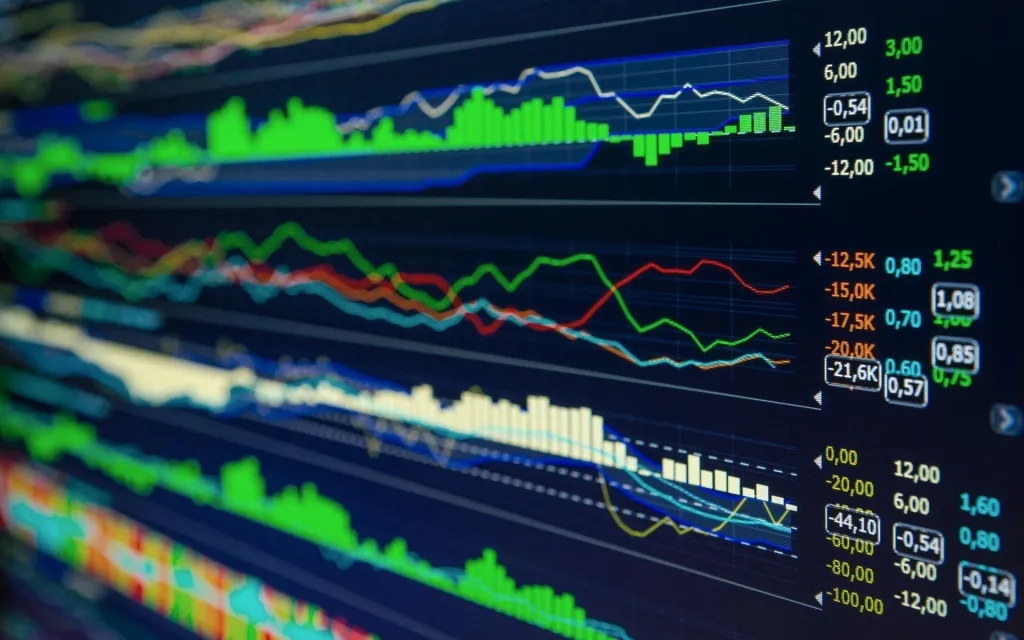How does the LME address concerns about market liquidity?
3 min read
How does the LME address concerns about market liquidity?
In the fast-paced world of metal trading, market liquidity plays a pivotal role in driving efficiency, stability, and confidence in the marketplace. As a cornerstone of the London Metal Exchange (LME), ensuring robust market liquidity is a top priority, with the exchange implementing a range of measures to address concerns and maintain a vibrant and liquid trading environment. In this article, we delve into the mechanisms and strategies deployed by the LME to safeguard market liquidity, providing insights into the exchange’s proactive approach and its impact on metal market participants.
- Depth of Market: At the heart of the LME’s liquidity management strategy lies the concept of depth of market, which refers to the availability of buy and sell orders at various price levels. The LME actively monitors and encourages the presence of diverse market participants, including producers, consumers, traders, and investors, to enhance market depth and liquidity. Through market-making programs and incentives, the LME incentivizes liquidity providers to participate actively in the market, ensuring ample liquidity across a wide range of metal contracts.
- Market Structure and Design: The LME’s market structure and design are carefully crafted to promote liquidity and efficiency in trading. By offering a central marketplace where buyers and sellers can interact and transact freely, the LME fosters price discovery and liquidity formation, creating a level playing field for market participants. Moreover, the exchange employs innovative trading mechanisms such as electronic trading platforms and order matching systems to facilitate seamless execution and enhance liquidity, enabling market participants to access liquidity quickly and efficiently.
- Margin and Collateral Requirements: To mitigate counterparty risk and safeguard market integrity, the LME imposes margin and collateral requirements on market participants, ensuring that traders have sufficient funds or assets to cover their trading positions. By setting margin levels commensurate with the risks associated with each contract, the LME promotes responsible trading behavior and reduces the likelihood of default, thereby enhancing market confidence and liquidity. Additionally, the exchange implements margining methodologies that account for market volatility and liquidity conditions, adjusting margin requirements as needed to maintain market stability.
- Market Surveillance and Regulation: Maintaining market integrity and preventing market abuse are essential for preserving liquidity and trust in the marketplace. The LME employs sophisticated surveillance systems and regulatory mechanisms to detect and deter manipulative or abusive trading practices, ensuring a fair and orderly trading environment for all participants. By enforcing strict compliance with trading rules and regulations, the LME safeguards market liquidity and promotes investor confidence, fostering a conducive environment for liquidity provision and market participation.
- Continuous Innovation and Adaptation: In an ever-changing market landscape, the LME remains vigilant and adaptive, continuously innovating and evolving its liquidity management strategies to meet the evolving needs of market participants. Through stakeholder engagement, market research, and technological innovation, the LME identifies emerging trends and challenges in the marketplace, devising proactive measures to address liquidity concerns and enhance market resilience. By staying ahead of the curve and embracing change, the LME reinforces its position as a leading global marketplace for metal trading, driving liquidity and efficiency in the marketplace.
In conclusion, market liquidity is a cornerstone of the London Metal Exchange’s mission to provide a fair, efficient, and transparent marketplace for metal trading. Through a combination of market design, regulatory oversight, risk management, and continuous innovation, the LME ensures robust liquidity and market integrity, fostering confidence and trust among market participants. By maintaining a vibrant and liquid trading environment, the LME empowers traders, investors, and stakeholders to seize opportunities and navigate the complexities of the metal market with confidence and agility.
Let me know if there’s anything else you’d like to add or adjust!



